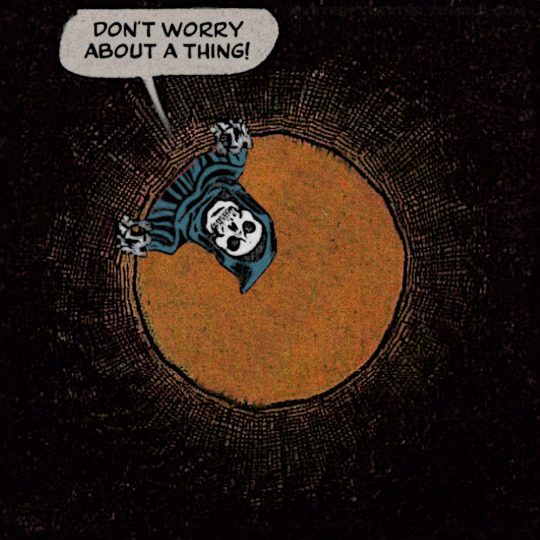Text

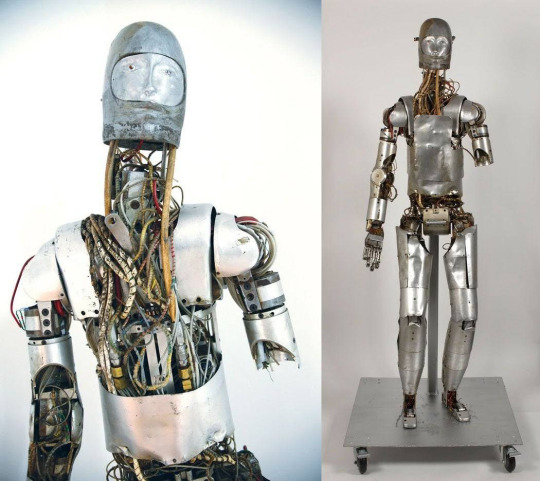
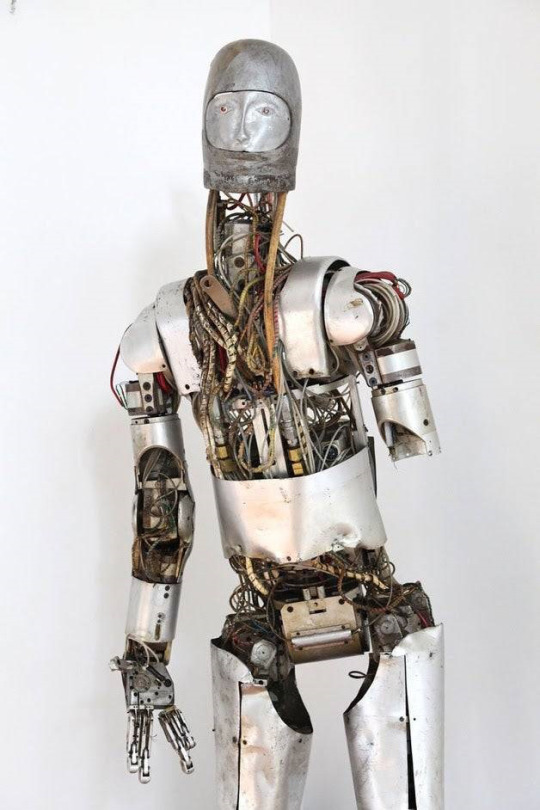
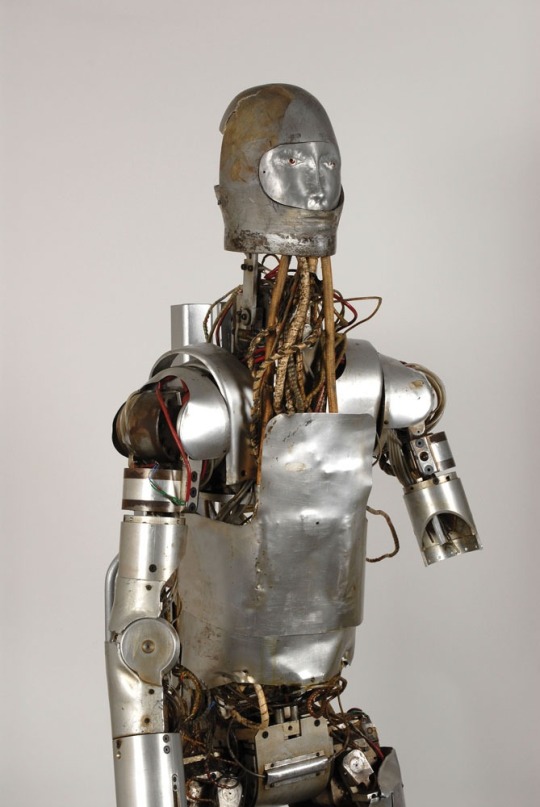
Power Driven Articulated Dummy - a hydraulically powered 230-pound robot that NASA engineers designed to test space suits - 1965
21 notes
·
View notes
Text
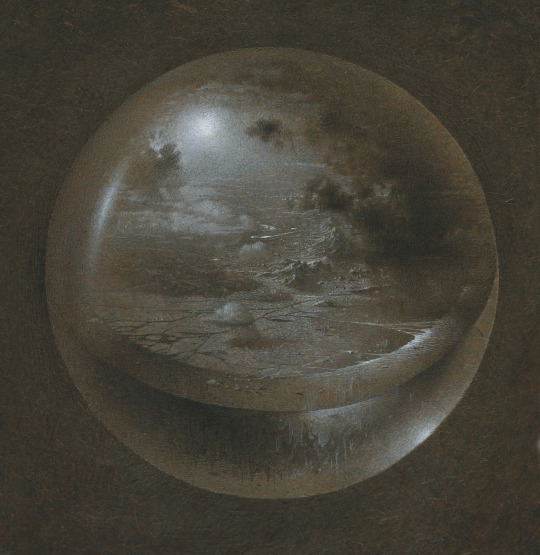



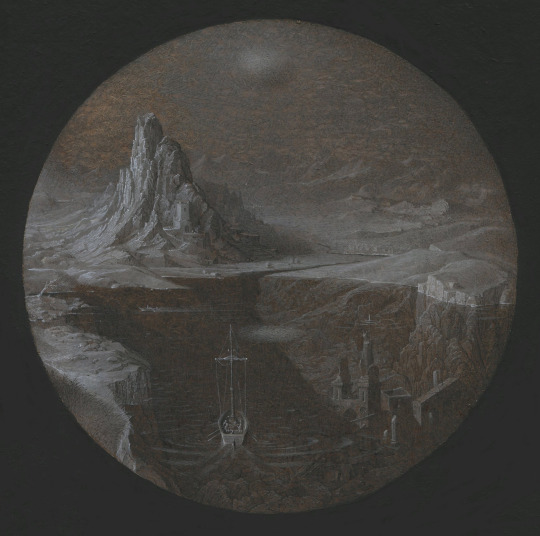

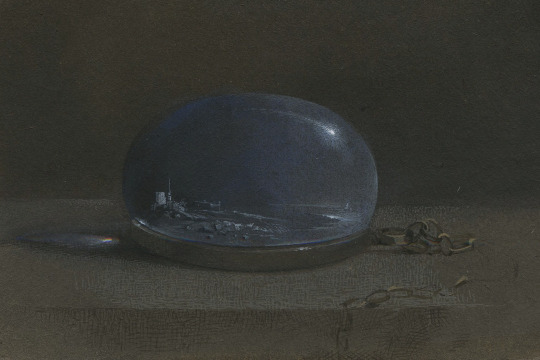
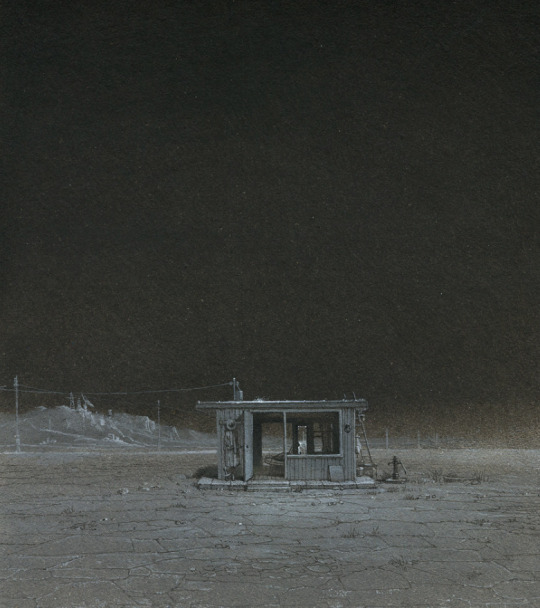
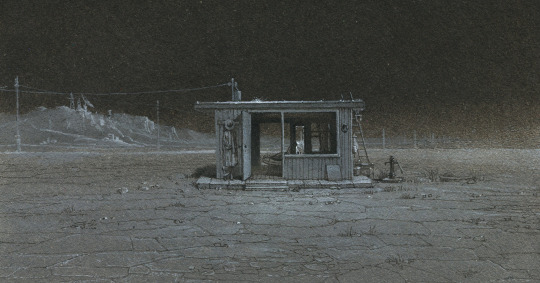


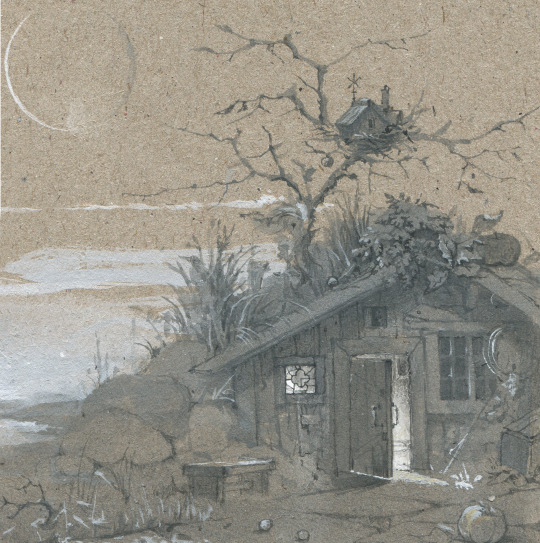
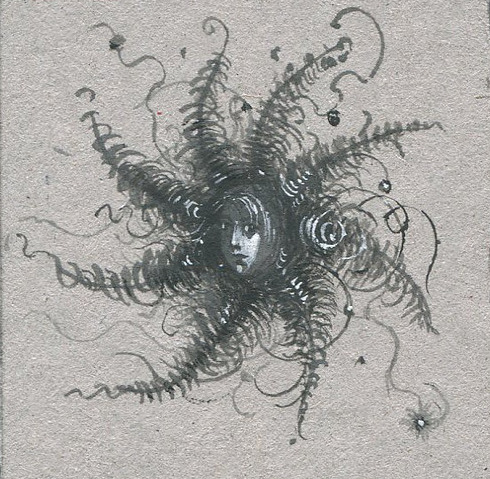


Natalia Smirnova - (Russian, art restorer working in St. Petersburg)
Plaything - tempera, sepia watercolor on cardboard - 2015
sketch - 2015
Away - sepia watercolor, tempera on cardboard - 2015
Evening & Morning - sepia watercolor on printed board - 2015
Fantasy Landscape (with Underwater Ruins) - acrylic on cardboard, drybrush - 2015
Nest (sketch) - tempera on cardboard - 2014
Comet - tempera sketch on cardboard - 2014
Fallout New Vegas :-) sweet home - tempera on cardboard- 2014
Fallout New Vegas (detail)
Somebody Lives Here (Somebody with Wings) - tempera - 2012
A Spy with a Bird Mask - acrylic on cardboard - 2012
Crazy Star - and - Unhappy Star - tempera on paper - 2011
Cherub - tempera, drybrush - 2014 - "This old woman was died alone many years ago, her brain was frozen and revived, new winged body was given to her. She can fly in open space. I thought about my old teacher then I drawn this picture."
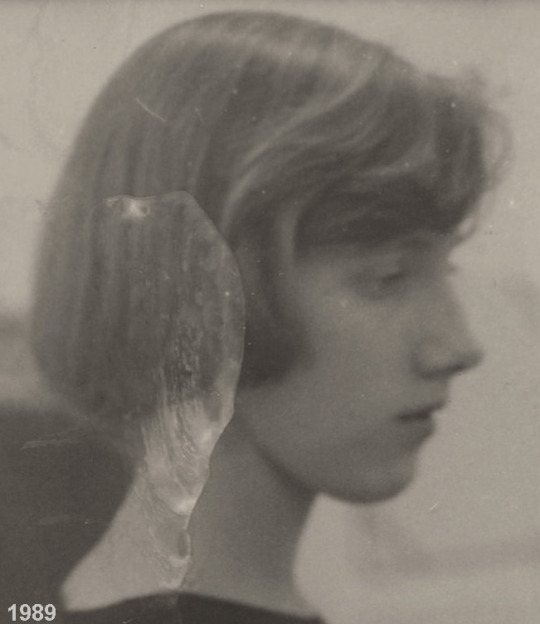

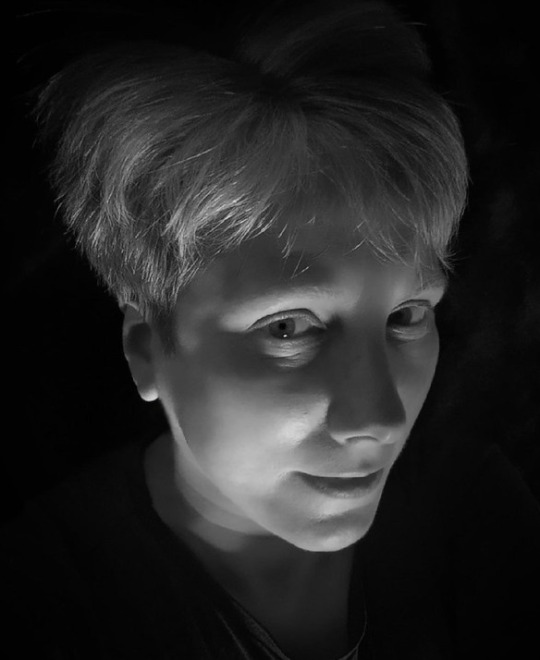
Self-Portraits (three views) - photography
www.flickr.com/photos/nfnfkbz/50547264906/
2013 interview:
https://medium.com/@eclectixp/natalia-smirnova-eclectix-interview-43-97071adda094
7 notes
·
View notes
Text

Chavis Mármol (Mexican, b.1982)
9 notes
·
View notes
Text

Louise Bourgeois (French/American, 1911-2010) - Self Portrait - bronze with silver nitrate patina - 2007
8 notes
·
View notes
Text
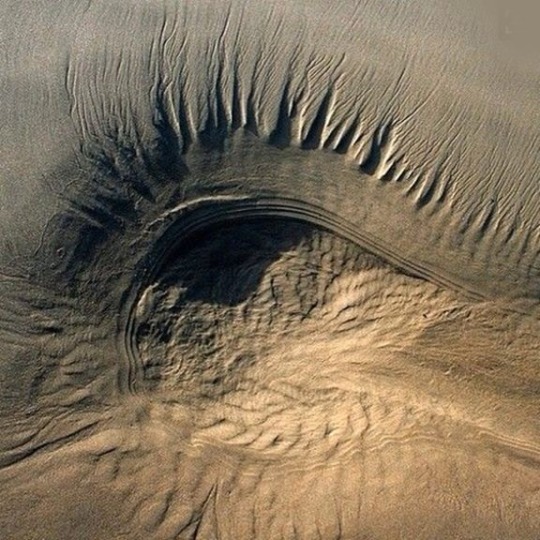

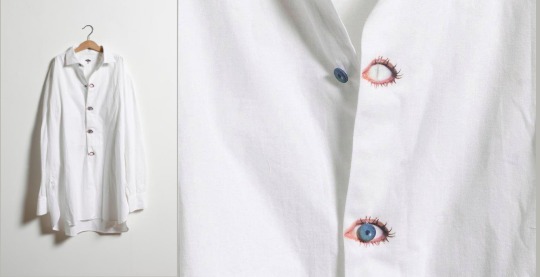
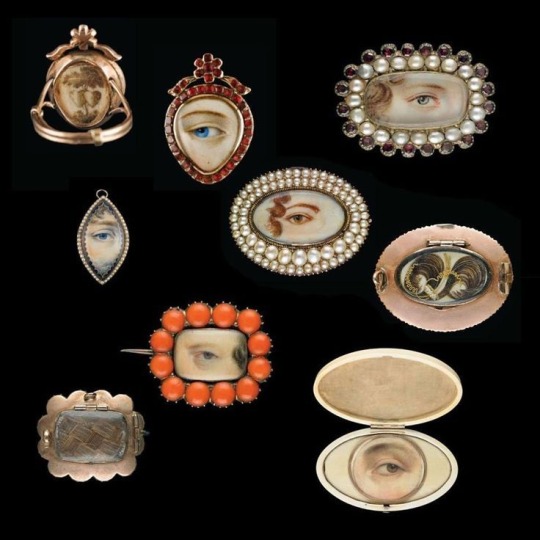




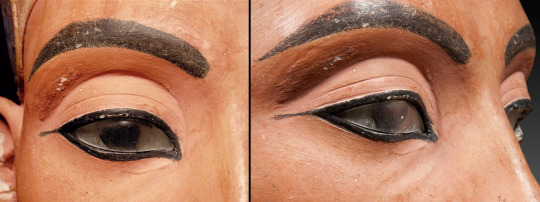
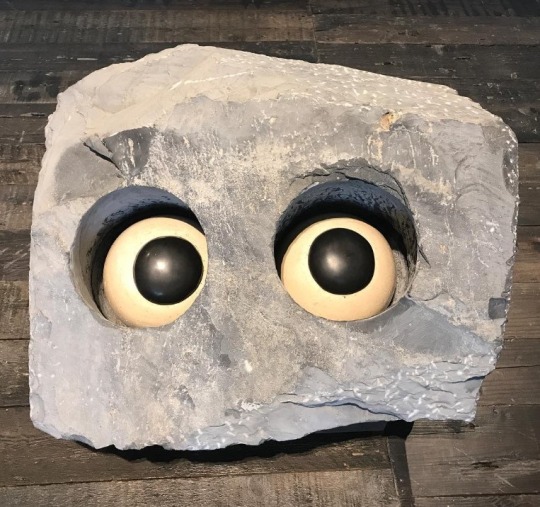

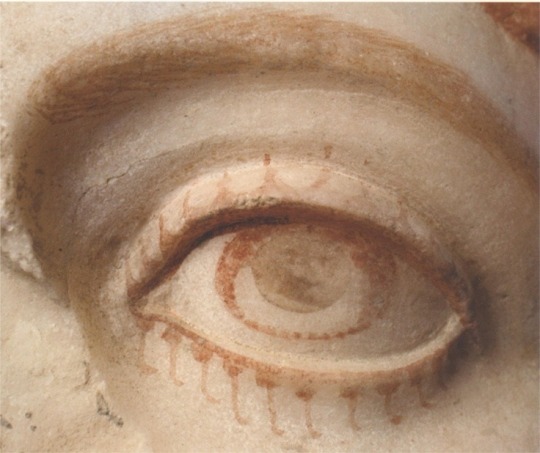
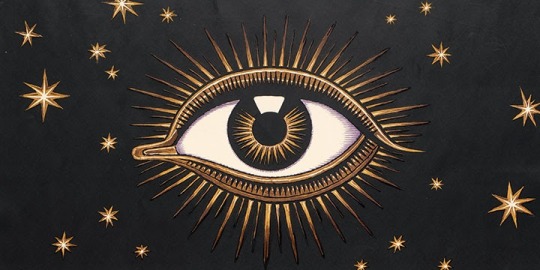
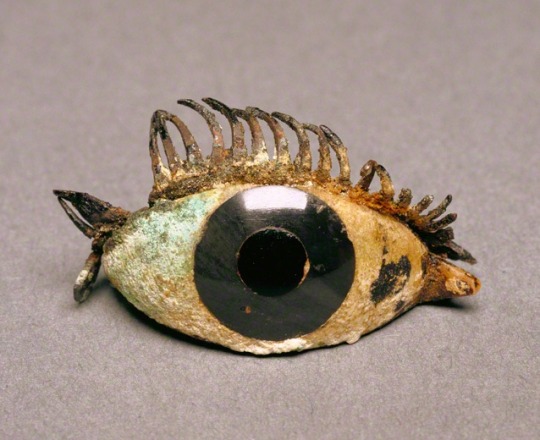


sand dunes - aerial view
Filthy Luker - aka Luke Egan (British) - Art Attack - street art
Elodie Antoine (Belgian, working in Brussels) - Chemisier aux yeux boutonnés (Blouse with Eye-buttons) - cotton blouse, print on textile - 2014
'Lovers Eyes' jewelry - originated in the 18th century - collection of David and Nan Skier
Damien Cadio (French, b.1975) - Cyclone eye - oil on canvas - 25x31 cm - 2017
glass eye from coffin - Egypt, Late Period (724-333 BCE)
Emilio Villalba (American, b.1984) - Red Eye
Gérard DuBois (French, b.1968) - Moby Dick
Nefertiti right eye (two views) - sculptor's portrait model - limestone, painted stucco, quartz, wax - the iris and pupil of the right eye made of beeswax dyed black, covered with a thin piece of polished rock crystal as a cornea - Egypt, Tell el-Amarna, New Kingdom, 18th Dynasty, c.1351–1334 BCE
Louise Bourgeois (French/American, 1911-2010) - Nature Study (Velvet Eyes) - 1984
Michael Hussar (American, b.1964) - Lovers Eyes
painted eye an Amazon - marble - Herculaneum - Roman, before 79 CF
cosmic eye (all-seeing eye, mystic eye) - poster
right eye from a Greek statue - marble, obsidian, glass, copper - 500–100 BCE
Rainer Kalwitz (German, working in Recklinghausen) - The Eye in the Abyss
Bro. William Preston (Scottish,1742–1818) - The Eye Of Providence
12 notes
·
View notes
Text

Fred G. Korth (American, born Germany, 1902-1983) - Lightbulbs - c.1938
3 notes
·
View notes
Text
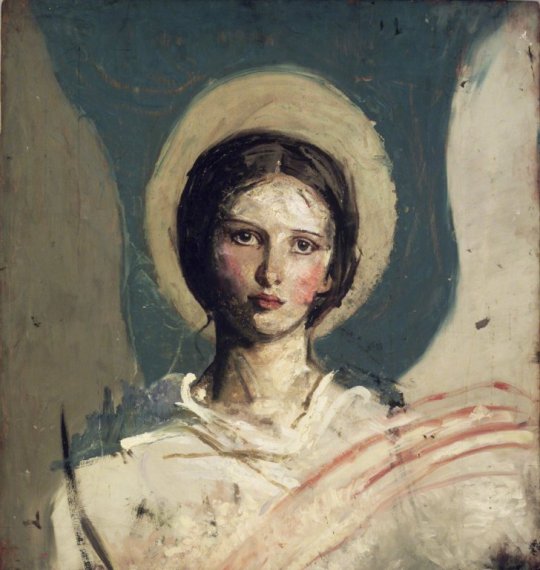
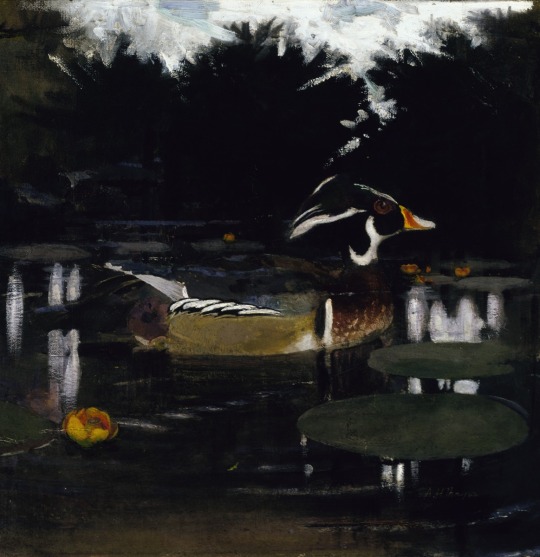
Abbott Handerson Thayer (American, 1849-1921) - Head of a Girl (for an angel) - oil on canvas - 1918-1919
Abbott Handerson Thayer & (student) Richard S. Meryman (American, 1882-1963) - Male Wood Duck in a Forest Pool - study for book "Concealing Coloration in the Animal Kingdom" - oil on canvas, 20¼"x 20¼" - c.1905-1909

Abbott Handerson Thayer - Angel - oil on canvas - 1887
Thayer was often described in first-person accounts as eccentric and mercurial, and there is a parallel contradictory mixture of academic tradition, spontaneity and improvisation in his artistic methods. For example, he is largely known as a painter of "ideal figures", in which he portrayed women as embodiments of virtue, adorned in flowing white tunics and equipped with feathered angel's wings. At the same time, he did this using methods that were surprisingly unorthodox, such as purposely mixing dirt into the paint, or (in one instance at least, according to student Rockwell Kent) using a broom instead of a brush to lessen the sense of rigidity in a newly finished, still-wet painting.
Thayer was largely surrounded by women, be they his family, housekeepers, models or students. When he began to add wings to his figures in the late 1880s, he was making more obvious the transcendent qualities he saw in the female subject:
"Doubtless my lifelong passion for birds has helped to incline me to work wings into my pictures; but primarily I have put on wings probably more to symbolize an exalted atmosphere (above the realm of genre painting) where one need not explain the action of the figures."
Thayer's first use of the theme was the painting Angel. The wings were nailed into a board, in front of which his daughter Mary stood.

Abbott Handerson Thayer - Self-Portrait
#art by others#other's artwork#painting#Abbott Handerson Thayer#female figure#duck#Richard S. Meryman#angel
2 notes
·
View notes
Text
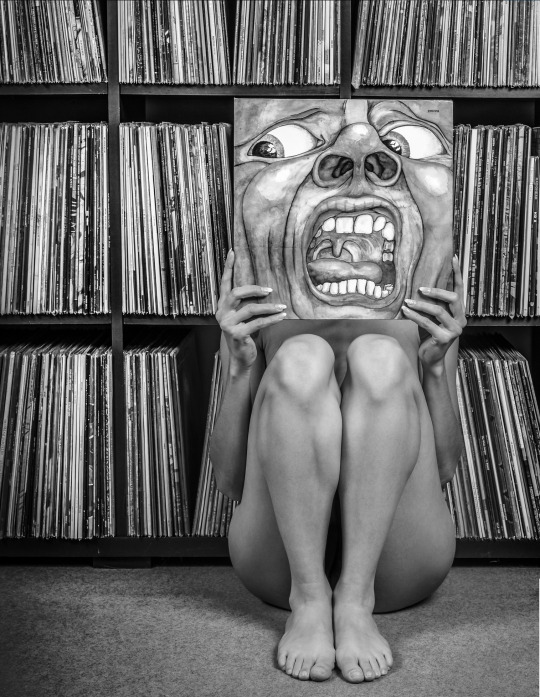
Frédéric Bousquet - flickr - December 11, 2017
4 notes
·
View notes
Text


Larry Jens Anderson (American, 1947-2021) - The Twins
Larry Jens Anderson (American, 1947-2021) - Pepper & Salt

Oscar Jespers (Belgian, 1887-1970) - Rabbit - white stone - 75 x 35 x 23 cm - 1918
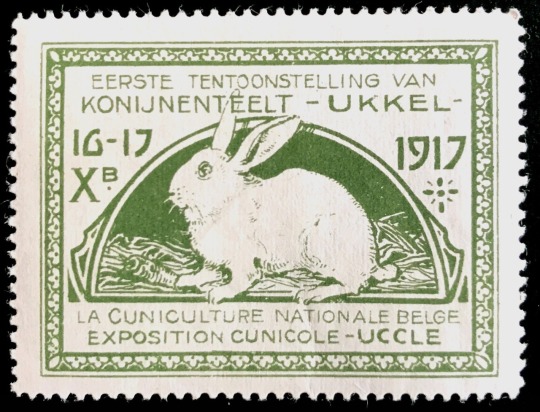
commemorative postage stamp - Belgian National Rabbit Breeding Rabbit Exhibition - 1917
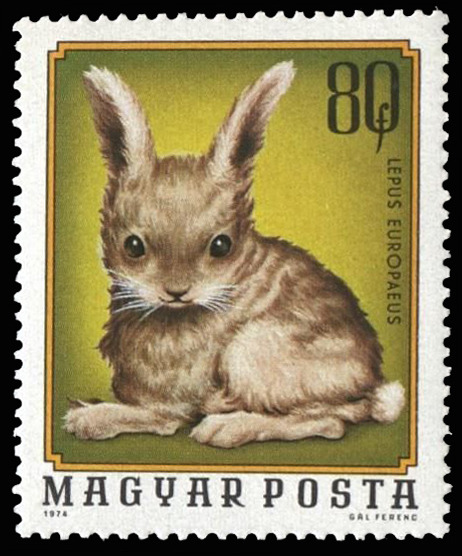
Lepus Europaeus (European Hare) - Hungarian postage stamp - 1974
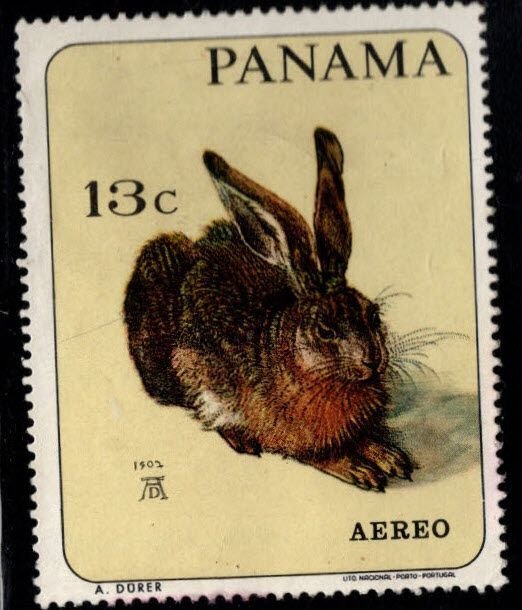
Albrecht Dürer's European Hare - Panama postage stamp - 1967
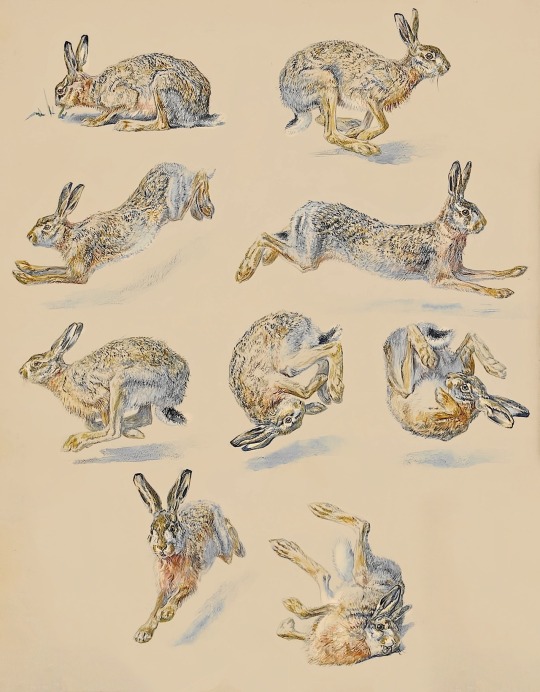
Bruno Liljefors (Swedish, 1860-1939) - Hare studies - 1885
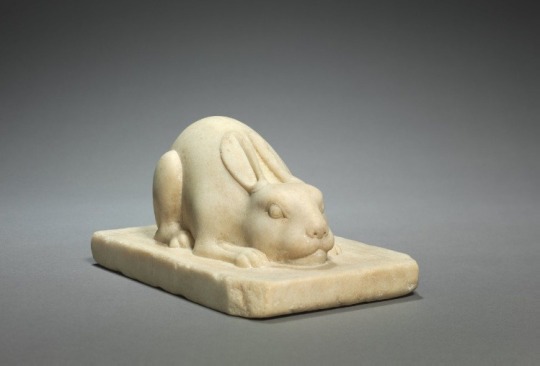
Hare - marble - 3¼"x 4½"x 8" - Northern China - Tang Dynasty (618-907 CE) - early 700s

Jürgen Lingl (German, b.1971, working in France) - Hare - wood
25 notes
·
View notes
Text
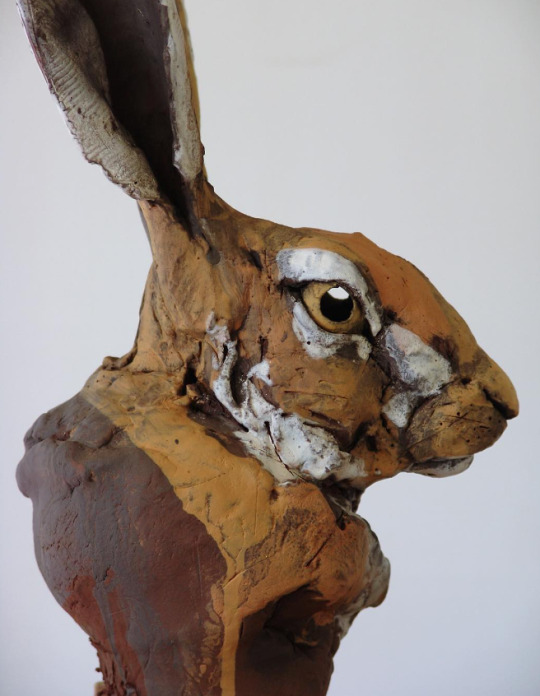




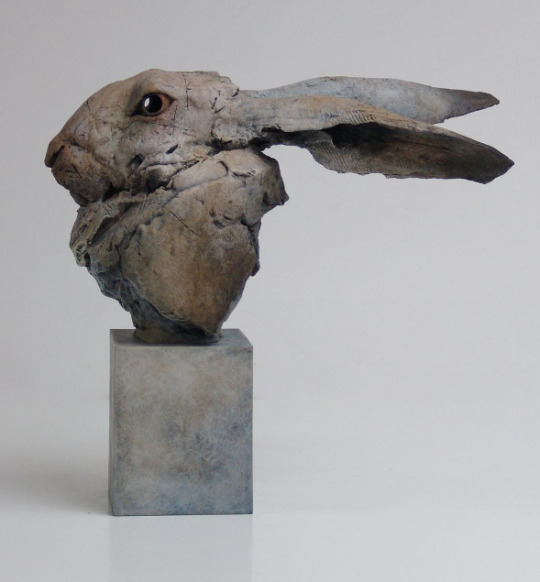
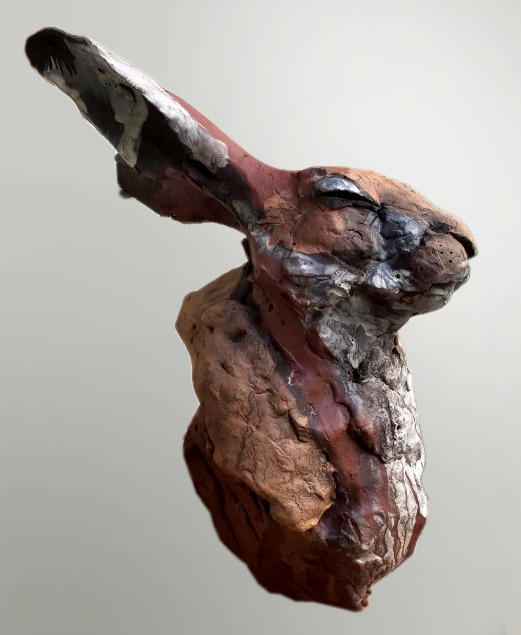
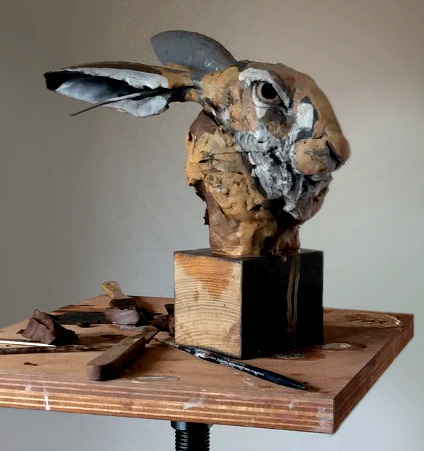

Nichola Theakston (British, b.1967)
www.instagram.com/nicholatheakstonsculpture
39 notes
·
View notes
Text

Shelley Fabares - Girl Happy - 1965
24 notes
·
View notes
Text

Switzerland has issued a stamp that celebrates concrete, and it has been printed using cement pigments.
17 notes
·
View notes
Text


" . . . a good thrashing!" — Gourmet Night — season one, episode 5
The cast of Fawlty Towers, with a couple of notable guests.
top row: Connie Booth (Polly), John Cleese (Basil), Prunella Scales (Sybil), Andrew Sachs (Manuel)
bottom row: Joan Sanderson (guest Mrs. Richards), Geoffrey Palmer (guest Dr. Price), Ballard Berkeley (permanent resident Major)
First episode of Season One aired September 19, 1975 - second season aired in 1979. Six episodes in each season.
Inept and manic English hotel owner and manager, Basil Fawlty, isn't cut out for his job. He's intolerant, rude and paranoid. All hell frequently breaks loose as Basil tries to run the hotel, constantly under verbal attack (and sometime physical) from his unhelpful wife Sybil, and hindered by the incompetent, but easy target, Manuel, their Spanish waiter.

The Fawlty Towers hotel sign has its letters missing, or scrambled up to make new words. The sign presents a different error with each episode. This image was for The Anniversary — season two, episode 11.
The writers were John Cleese and Connie Booth.
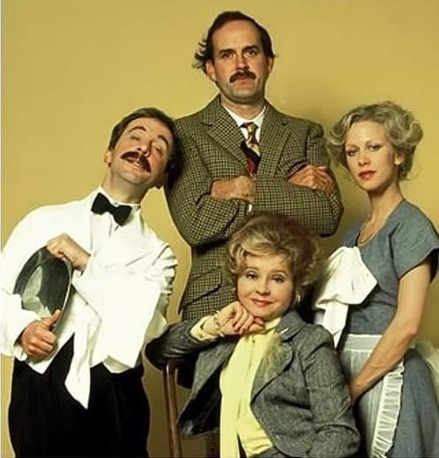

1 note
·
View note
Text



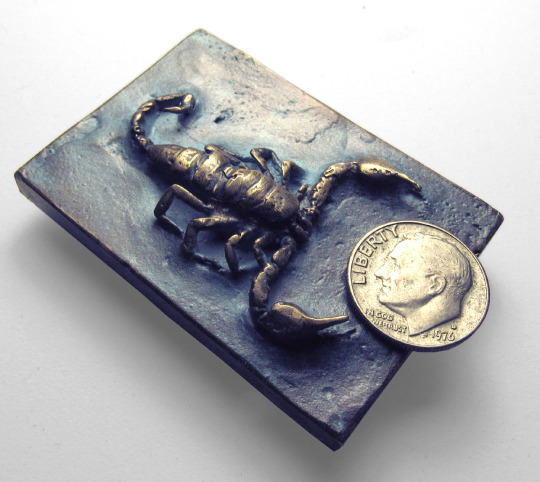
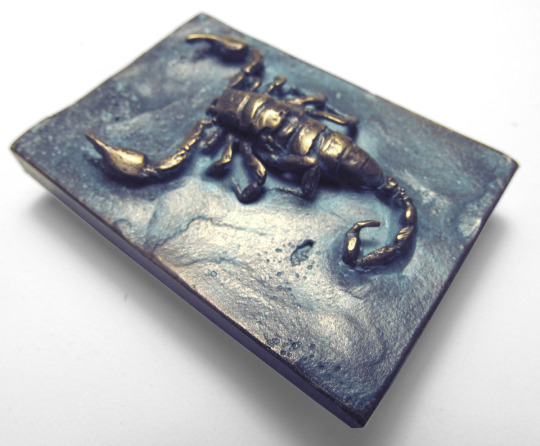


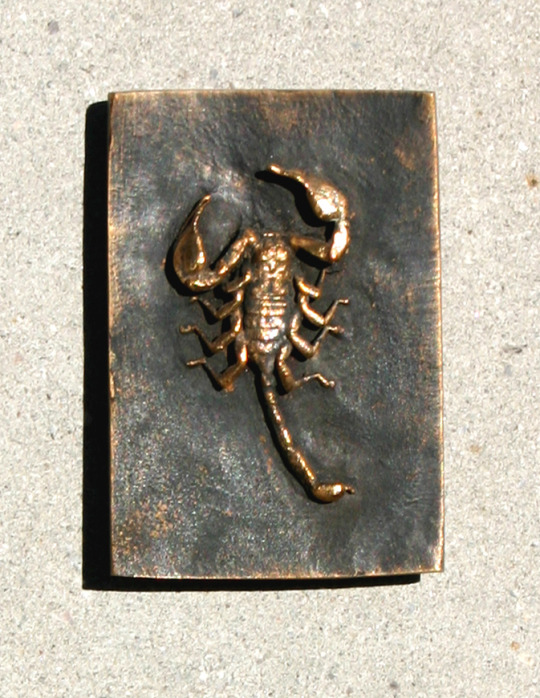
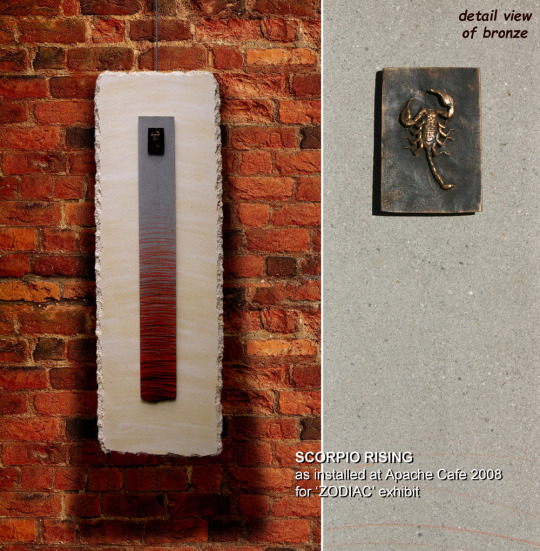


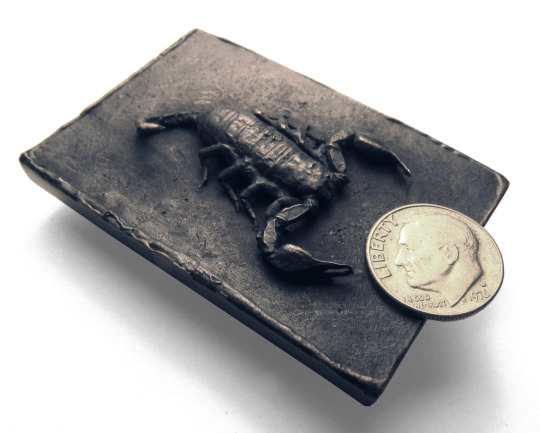
SCORPIONE (three views) - cast silver - natural tarnish patina - 1¼″x ¾″x ⅜″ - 1991 - new photos
SCORPIONE (three views) - cast bronze - potassium sulfide patina - 2¼″x 1½”x ½” - 2005 - new photos
SCORPIO RISING (two views) - cast bronze, sandstone, charcoal and crayon - 34"x 4½"x 1¼" - 2005 - old photos
SCORPIO RISING - as installed in Zodiac exhibit in 2008 - old photo
DUSTBUNNY MAMMA (three views) - cast bronze - burnt cupric nitrate patina - 2⅝″x 1⅝″x ⅝″ - 2005 - new photos
When I work in Italy I come across quite a few scorpione . . . they like to shelter under the blocks of marble I carve. The first one I came across in the summer of 1991 was under a stone I later carved into a sculpture. I caught it in a plastic cup and put it in the freezer for a couple of days to kill it without damaging the body because I was planning on casting it in metal. After two days in the freezer I took it out and using tweezers and a hot needle I arranged the legs and joined them with tiny wax rods to ensure the molten metal would fill them completely. However after about an hour working on this wax the scorpion thawed out enough to start snapping her pincers and twitching her legs which she couldn't move much because of the wax. I put her back in the freezer where I left her a whole week to become a full corpse. When I removed her I finished attaching the wax rods to the tips of the pincers and a sprue to her belly and invested her in a jewelry mold. That summer the jewelry and metalsmithing class shared the studio space with the sculpture classes, so I purchased some silver and cast the scorpion in the centrifuge which insured the mold filled completely without any bubbles. After the cast was removed from the investment I trimmed the connecting 'wax' channels away with a pneumatic pencil grinder I had brought with me (my commonly reached-for Dremel grinder would not work with the 240V power in Italy).
In following years I came across many more scorpions in the stonepile, but I'd just let them be — although I always wore my leather work-gloves when moving blocks of stone. The others which I cast were not caught out in the stonepile. They were encountered on different Autumn mornings in the house — under the bed just after I awoke and was reaching for my shoes. The bedroom in the house was on the third floor, and I never saw scorpions on the lower floors (kitchen and dining rooms) or on the stairs. The scorpions on the tile floor would take a bit of time to catch as they are nimble and skitter around, but the biggest one got tangled in a dustbunny and was a bit easier to capture.
Being born under the sign of Scorpio it seemed only fitting that these confrontations with my ‘cousins’ should be remembered in Italian bronze — especially as this year the jewelry and metalsmithing class was not offered. Since no centrifugal casting to prevent bubbles could be used, the process for casting the scorpions had to be changed. When the scorpions came out of the freezer they were all attached to thin (1/4-inch or less) slabs of wax with hot tools by the abdomen and each leg was carefully melted into place, the pincers and tail were connected to tiny wax 'vents' to allow the gas bubbles to escape. When placed in the mold the scorpion would be upside down with the wax slab above it so the weight of the molten bronze would force the metal to fill the mold into the tiny legs, pincers, and tail. Even so, the casting of one of the smaller male scorpions (potassium sulfide patina) is slightly marred by a couple of bubbles on his back. He was cast in the first bronze pour of the semester, while the slightly larger/heavier female casting came out exceptionally well with no flaws from the last pour of the semester.
That Autumn one of the male castings was incorporated into a wall sculpture titled SCORPIO RISING, with the bronze casting attached to a thin slab of the local sandstone upon which I had scribbled strokes of red lumber crayon and compressed stick charcoal. It was shown in the Cortona Exhibit in Palazzo Casali at semester's end, and then when shipped back to the States it was shown again in an Atlanta nightclub which hosted an exhibit themed The Zodiac.
The other scorpione are in my bedroom again — not under the bed this time, but hanging on the wall. I just call the large one Dustbunny Mamma. Of note, the burnt cupric nitrate patina on her has darkened over the almost twenty years, while the potassium sulfide patinas are almost unchanged.
------------------------------------------------------------------------------
It appears to me that all the scorpions I've encountered in Tuscany are the species Euscorpius concinnus, and their sting is only mildly venomous — like a bee or wasp sting — unless one is allergic. Due to the shape of their bodies I believe the narrower-bodied scorpions (potassium sulphide patinas) were male while the more-rounded-bodied examples were female (silver and the burnt cupric nitrate patina).
7 notes
·
View notes
Text

DREAMS STERLING - silver-leafed stoneware

ANISE - dyed stoneware

BELLA MACCHINA - leafed plaster with verdigris patina

MAUD MODIFIED - W.I.P. - painted plaster
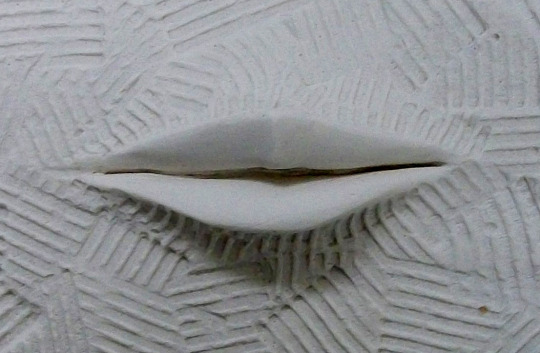

2017 SUMMER LIPS (two views) - raw plaster & with bronze patina

I FEEL IT - stained white stoneware
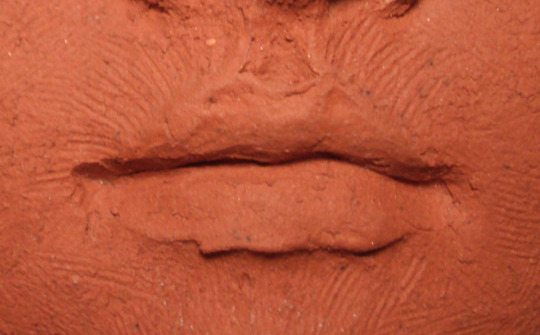
NEDERLANDISH - unglazed Lizella earthenware
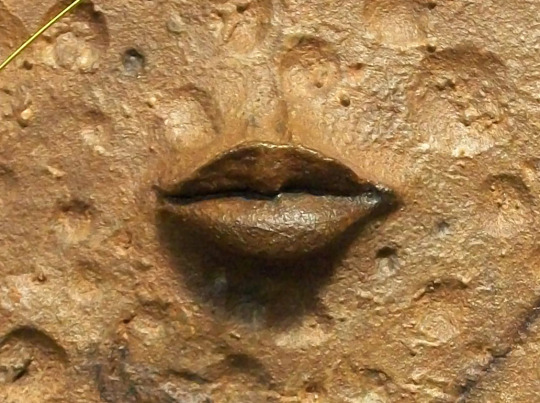
SELE'NE: WARM NIGHT SEA - plaster, metallic paint with patina

KHALIAH - shoe polished Lizella earthenware

BLUE SATE #2 - bronze powdered plaster with patina
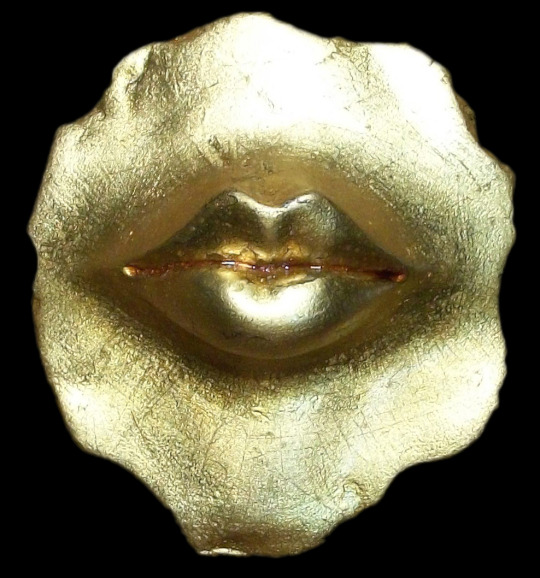
LITTLE PUCKER - gold-leafed resin casting

SIGHS IN THE WIND - cast paper, stained
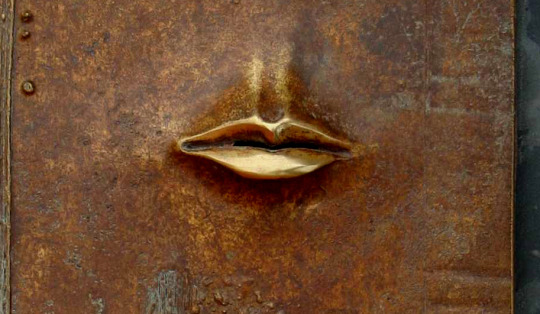
DAUGHTER OF CHAOS - cast bronze, liver of sulphur patina

JUNGLE RED - frit cast glass
Some detail views of various lip sculptures in different materials, different finishes — all shown except BLUE SATE are generally life-size, though I FEEL IT, NEDERLANDISH, and LITTLE PUCKER are child-size mouths.
#sculpture#my artwork#don dougan#art by me#wall sculpture#lips#bronze#plaster#paper#resin casting#ceramic#glass
13 notes
·
View notes
Text
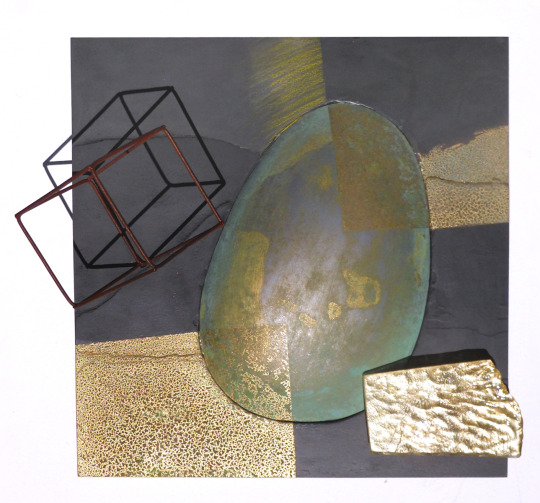

Bump in the Night (Early January)
Connemara slate, found object, schlag metal leafing with verdigris patina, rippled glass with leafing, painted steel wire found object, colored pencil
11⅞"x 13½"x 5½"
For forty-six years we've lived in a house on the outside curve of the road and over that time we've had over a dozen car wrecks in the front yard. Most of the collisions are hit and run, with the vehicle leaving before we can even get to the window and see what caused the noise. This piece began one morning early in the year with finding a broken object and shards of mirror in the slightly torn-up grass by the utility pole at the end of the driveway — small evidence of the most recent bump in the night.
2 notes
·
View notes
